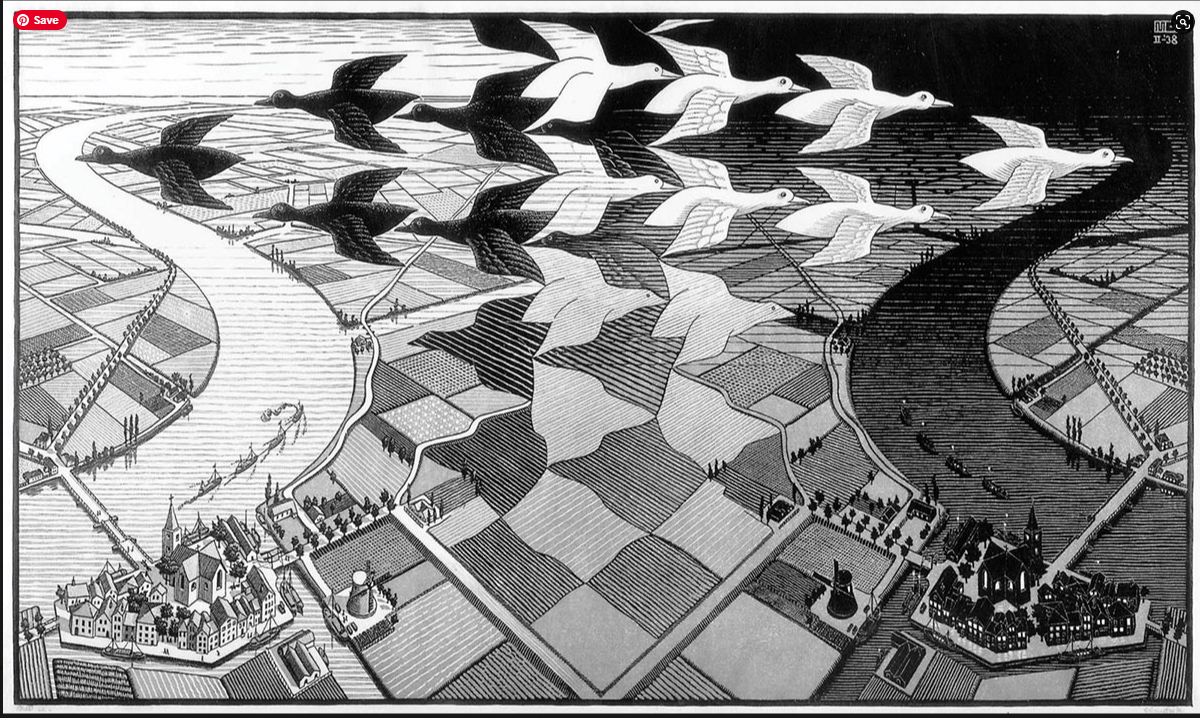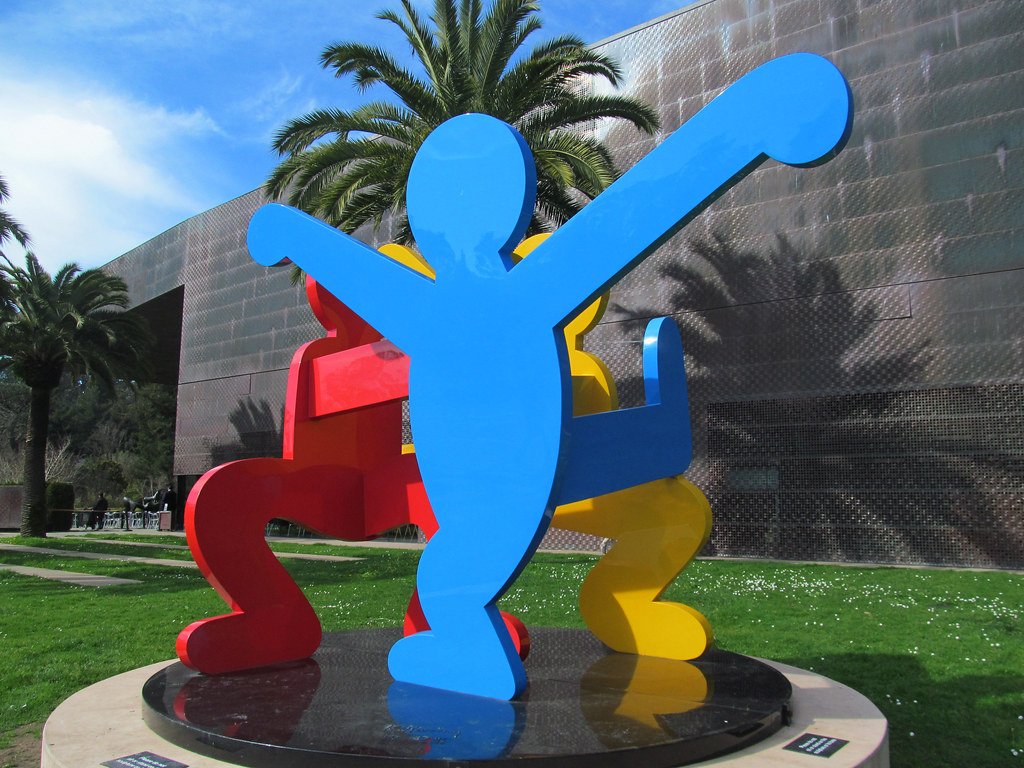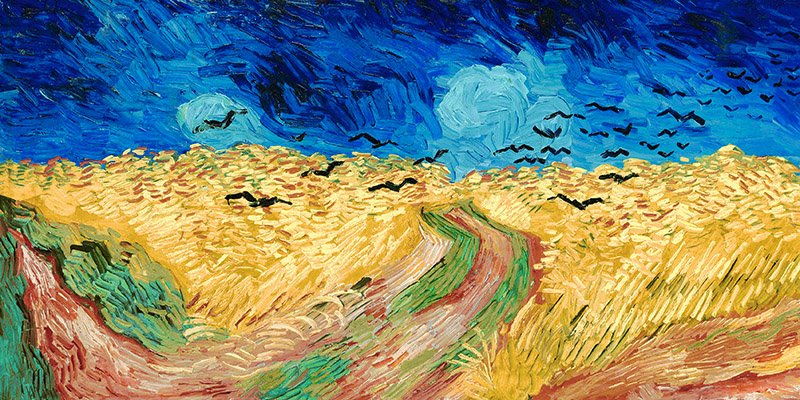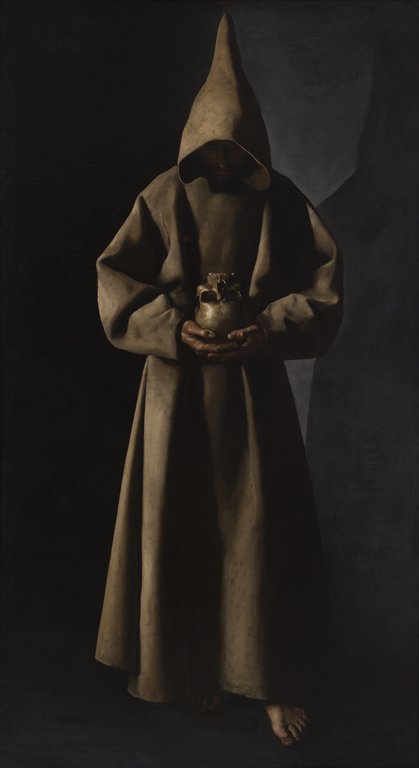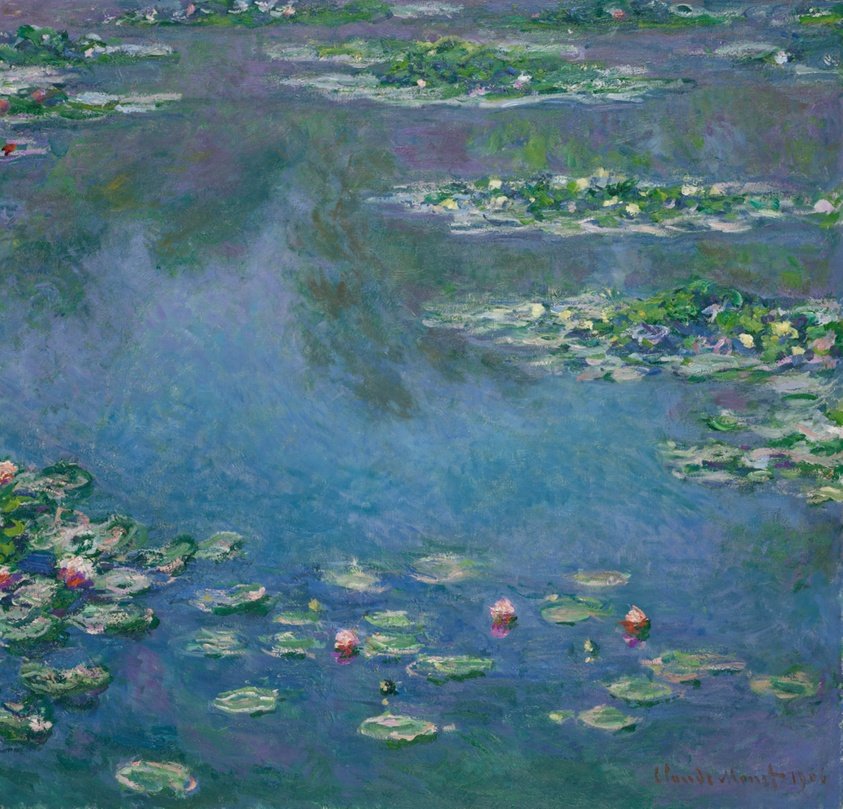Art, in all its manifestations, is the highest human expression of creativity and imagination, and it is the only moment that allows people to externalize their inner selves.
To appreciate art, we rarely need much. It is enough to be curious, ask questions, and look at the works, including their shapes, colors, matter, actions, and meanings. It is also essential to leave open space for negative or ecstatic emotions. We must also not expect that all works would speak to us in the same way: some artists will inevitably be more in communication with our way of thinking and looking at the world, and it is to them, through the works, that we must ask the right questions about the interpretation we give of things.
MSA is sharing a few pieces of inspirational art.
Cakes by Wayne Thiebaud
Wayne Thiebaud is a local artist from Northern California. He primarily paints food like cakes and desserts and is famous for his vertical San Francisco landscapes. I fell in love with his art when I saw the exhibit of his paintings up close. The way he mixes thousands of tiny colors of paint into one specific area to create the layers and an illusion of one color was fascinating and showed me how dedicated he was to his work.
Day and Night by M.C. Escher
This artwork combines mathematical symmetry and artistry into one transforming piece. I appreciate the concept of gradation, not only in color but in shapes and forms. The placing of every line, object, and texture so carefully tells a story between night and day scenes.
The door by Matthew Vinci
I enjoy the simplicity of the piece. It’s clean. I can look at it from various angles as it casts a different shape and tone.
Three Dancing Figures (1989) by Keith Haring
Dance, movement, and bold color are components of artwork I adore. This piece exemplifies these and combines it with my love of San Francisco by first being located at the intersection of 3rd & Howard St downtown and now relocated to the front of the DeYoung Museum in Golden Gate Park. I was first introduced to Keith Haring when visiting NYC as a college student and going to my first dance “supper club,” named The Palladium. He had created the main dance floor backdrop, which was an extraordinary composition of dynamic vibrancy. As time went on, I realized his being a pioneer of street art when it was still considered graffiti and his AIDs activism when that crisis was killing thousands amidst a silent administration. Keith Haring himself died of AIDs in 1990, at age 31.
Saint Francis of Assisi in His TombFrancisco de Zurbarán
The large painting by Francisco de Zurbarán at the Milwaukee Art Museum offers a haunting quality, a play of light and shadow with monochrome colors. This painting always draws me back to see it when I visit the museum designed by Santiago Calatrava in the city where I grew up.
Water Lilies by Claude Monet
While in middle school, Monet was the first artist from which I learned. I was fascinated by the idea that you could portray an image through hints of color rather than through exact precise lines.
no name by Lauren napolitano
Lauren Napolitano does everything freehand and starts with drawing and painting/murals. This piece in particular (no title) is her experimentation with her designs in metal sculpture. It has organic and geometric shapes and is simple yet bold. The matt grey metal also makes for a striking graphic element, with other shadow play from lighting.
Wheatfield With Crows by Vincent Van Gogh
One of my favorite artists is Vincent Van Gogh. While I love all of his work, Wheatfield With Crows is the best. The intense colors, short brushstrokes, and simple landscape scenes create a vibrancy that I could gaze at this painting for hours.


